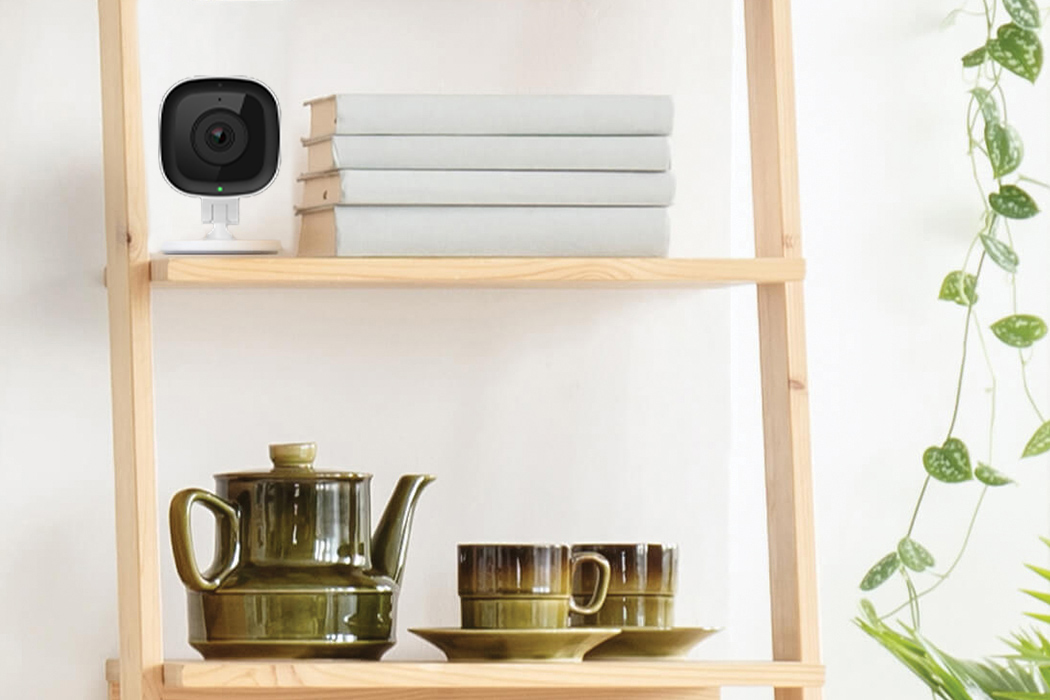7 Tips for Using an Outdoor Home Security Camera

Outdoor home security cameras are powerful tools for protecting your home and property. They not only alert you via your smartphone when someone’s approaching, but they also record video footage of what’s happening out there. The visible presence of an outdoor security camera is enough to deter some would-be burglars.
When it’s time to install and use an outdoor security camera, follow these tips to get the most bang for your buck.
1. Choose a strategic spot.
Reliable statistics on burglar entry points are hard to come by, but the front and back doors are obvious choices and therefore good places to aim your camera. If you choose to install only one camera, the safest bet is usually the front door. If you’re already covering your front door with a doorbell camera — cover the back door. If you’re willing to install a second or third camera, consider the garage.
2. Mount cameras out of reach.
Position your cameras 8 to 10 feet above the ground and aim them so a person approaching your doors, walls or windows is centered in the frame. That will give you a good angle on the action and let you record faces, but the cameras won’t be so low that they’re easily stolen. That’s especially important for wireless cameras, which are usually designed to disconnect easily so you can swap batteries or bring the camera indoors for charging.
3. Don’t go out of your way to hide your cameras.
You might be inclined to try to hide or disguise your cameras, but those moves may be counterproductive. Burglars often cite security cameras as one of the deterrents that will cause them to move along to another home.
4. Get a professional to install wired cameras.
When shopping for an outdoor security camera, you’ll need to choose between a wireless (battery-powered) model and a wired model. Battery-powered models are simpler to install, but you’ll have to change the batteries or bring the cameras in to charge them on a regular basis. If you opt for a wired camera, you’ll need to snake a power cable through your wall, which can be a lot of work, so you may want professional installation. Brinks Home™ can connect you with an authorized dealer. In addition to making sure the job is done right, an authorized dealer can ensure that the wires are difficult for a burglar to cut.
5. Keep your cameras clean.
If the video quality degrades over time, it’s probably not the camera itself but dirt, dust, bugs or spiderwebs obscuring the lens. Spiders are attracted to the insects that hang out around the camera’s infrared lights (which are used for night vision mode). To mitigate your bug problem, you can use insecticide around your cameras. Some people even loop a flea collar around the camera, which can repel some bugs.
6. Make sure your WiFi can reach the camera.
WiFi signals don't travel well through walls, so it can be hard to get a reliable signal outdoors. If your outdoor security camera has trouble connecting to your network, try moving your router closer to it. Another option is to upgrade to a mesh router. You can also add a WiFi extender outdoors, if you choose one that’s rated for outdoor use.
7. Think twice before posting footage on social media.
It’s increasingly common to see people posting video from their doorbell cameras and other security cameras online, chronicling the activities of porch pirates, thieves and suspicious characters. But it’s smarter to share the footage with the police. Putting it online could potentially complicate court cases and possibly even prevent law enforcement from using the footage to prosecute a suspect.



